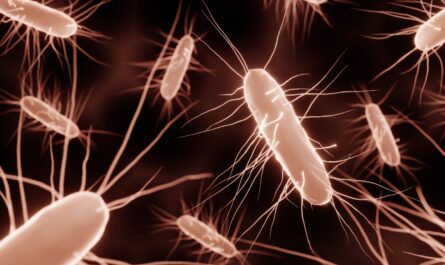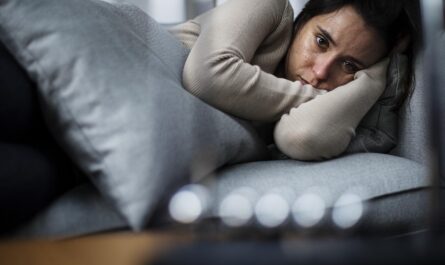A team of researchers from the Harvard John A. Paulson School of Engineering and Applied Sciences (SEAS) has developed a unique surface material inspired by a water-dwelling spider that can stay dry for months underwater. The surface also exhibits a high resistance to adhesion by bacteria and marine organisms such as barnacles. The researchers believe that this surface, which is easy to produce and scalable, has a wide range of practical applications.
The researchers drew inspiration from the Argyroneta aquatica, commonly known as the diving bell spider, which is the only species of spider known to live almost entirely underwater. The spider’s body is covered in millions of rough, water-repellant hairs that trap air, creating an oxygen reservoir and a barrier between its lungs and the water. This thin layer of trapped air is called a plastron.
While researchers have known for some time that a stable, underwater plastron was theoretically possible, creating a rough surface like that of the diving bell spider presented challenges. Previous experiments had only been able to keep surfaces dry for a few hours and were mechanically weaker and susceptible to changes in temperature and pressure.
To address these challenges, the researchers created an aerophilic titanium alloy surface, which attracts and sheds bubbles of air or gas. They then produced a nanoscale roughness on this surface using electrochemical oxidation and simultaneous chemical dissolution of the formed oxide. The stability of the surface was tested by subjecting it to bending, twisting, exposure to hot and cold water, and abrasion with sand and steel. It remained aerophilic and survived over 208 days of continuous submersion in water without any signs of degradation.
The surface was also found to greatly reduce the growth of E. coli bacteria and barnacles and prevent mussels from adhering altogether. Its potential applications include reducing post-operative infections on biomedical devices, preventing corrosion in underwater pipelines and sensors, and being used in conjunction with other bioinspired materials developed by the SEAS team, such as the slippery liquid-infused porous surfaces technology (SLIPS).
The researchers believe that the stability, simplicity, and scalability of this new surface make it valuable for real-world applications. By optimizing the superhydrophobic surface using the approach demonstrated in this study, they have created a novel and highly durable material that can be replicated with different materials. Further research and development of this technology could revolutionize various industries and create new possibilities for underwater applications.
*Note:
1. Source: Coherent Market Insights, Public sources, Desk research
2. We have leveraged AI tools to mine information and compile it




